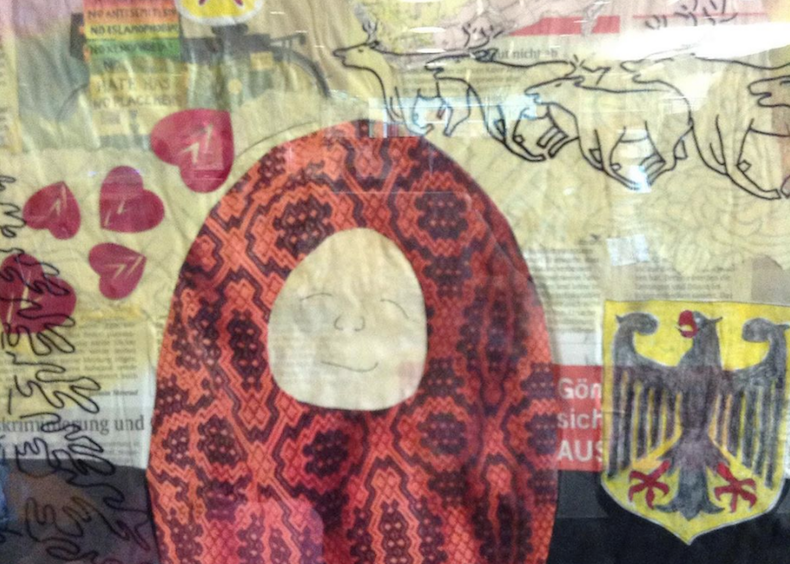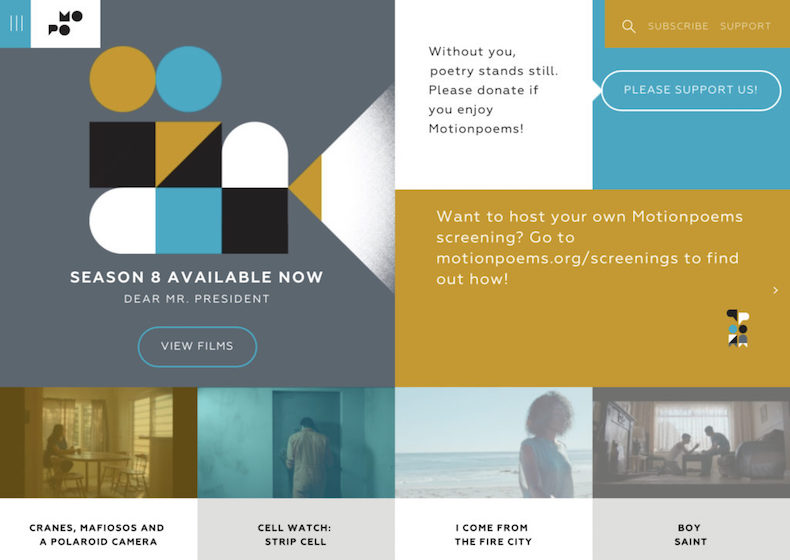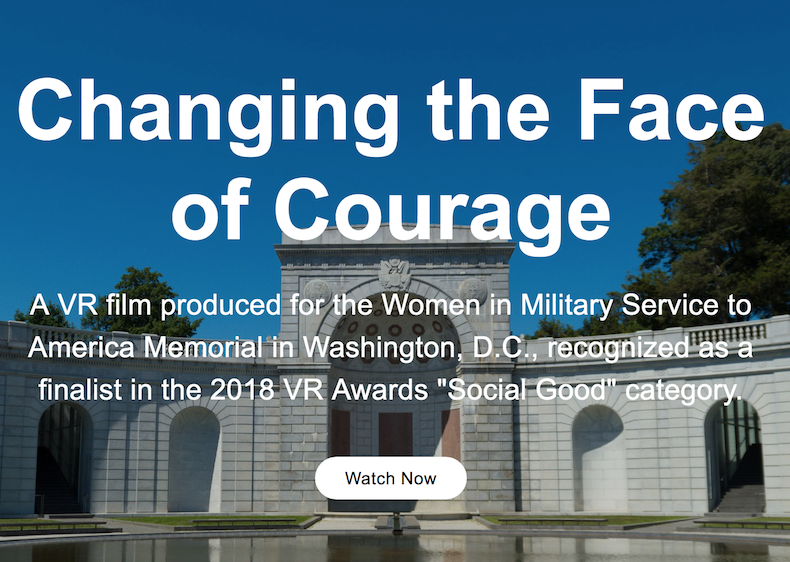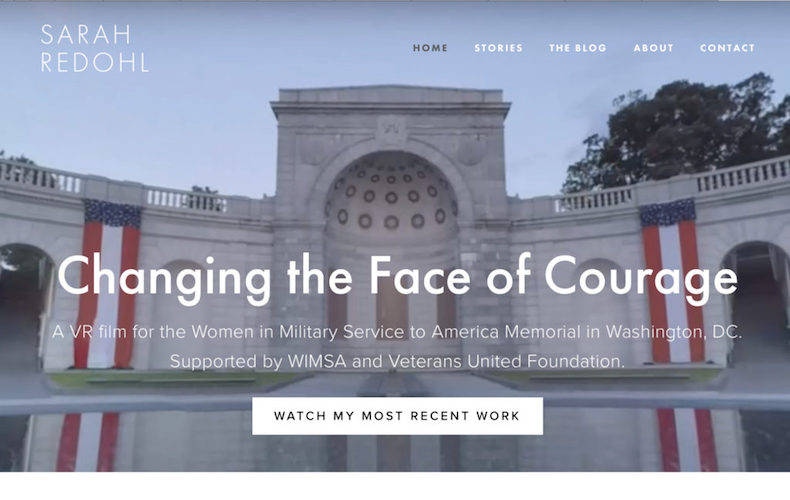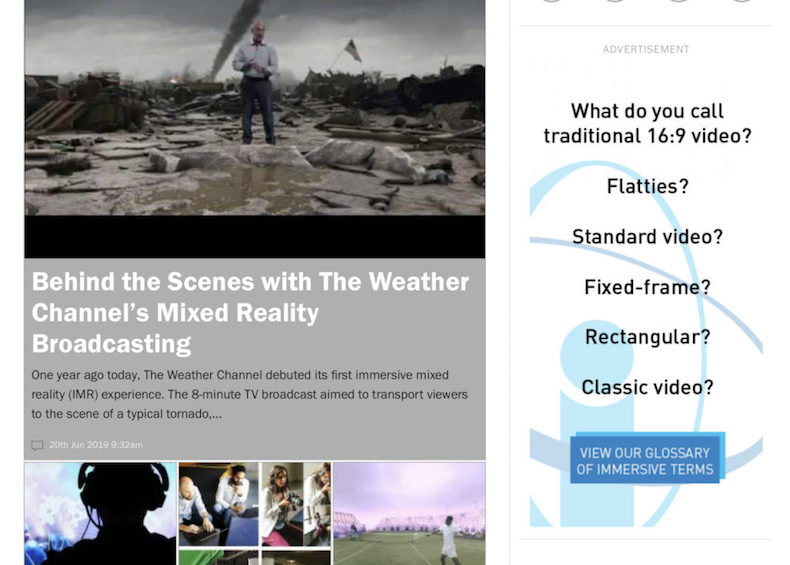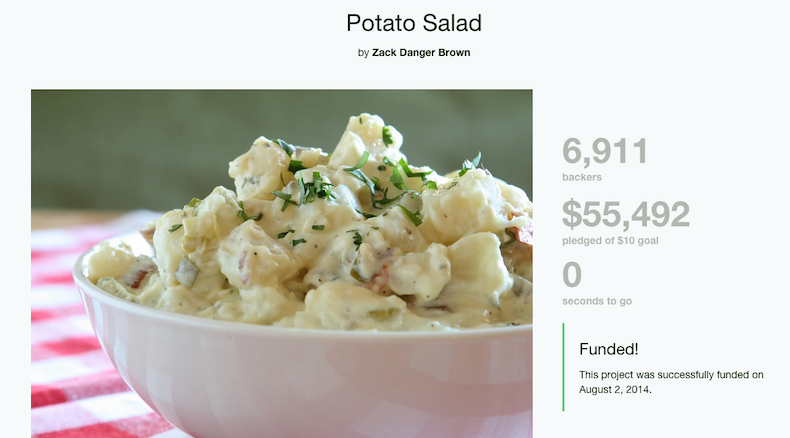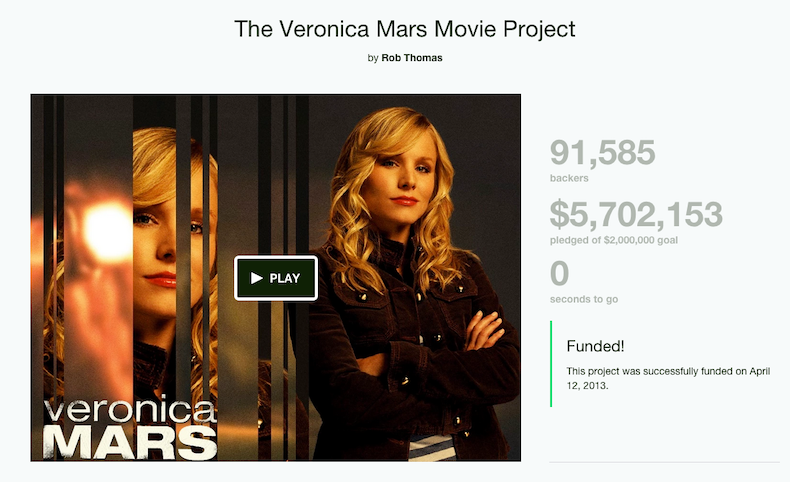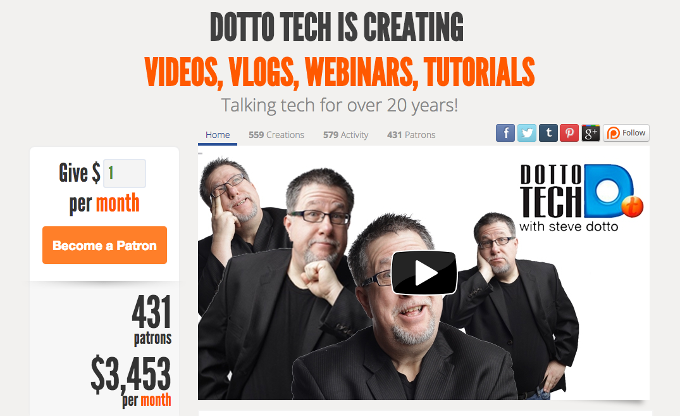Open Stax has been producing OER textbooks since 2012 when they published their first 5 titles. They have 32 titles today, with 6 more coming within the next few months. 2.7 million students in the States use their content per term, and their textbooks are in 58% of degree granting academic institutions in the States.
Creators:
Interview with Daniel Williamson, Managing Director
Country:
Houston Texas, US.
Interview Date:
March 22, 2019
Link to Project:
Funding Methods:
Non-profit
Ecosystem model involving for-profit partners who sell value added services who then give back a “mission support fee” along with sales of print versions of the textbooks.
Open Stax is a part of Rice University and is supported by foundations such as the Bill and Melinda Gates foundation, the Hewlett Foundation along with others.
Textbook content is written by paid educators and experts.
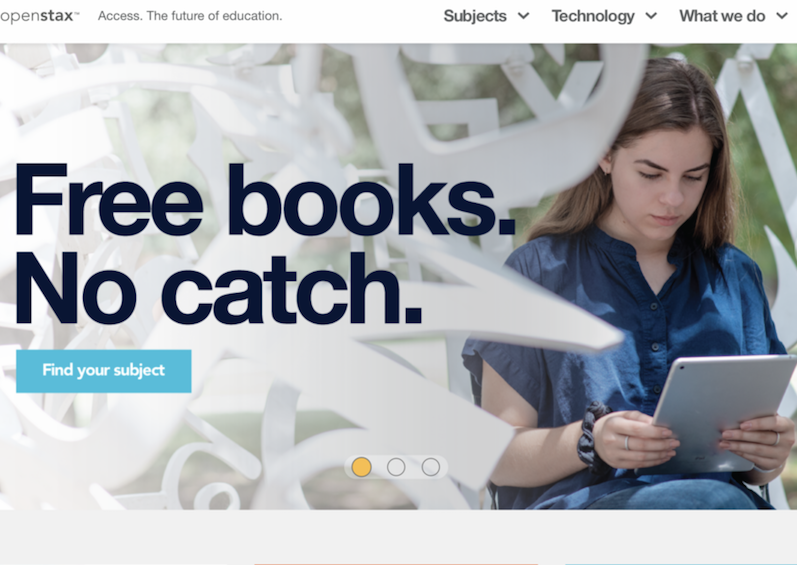
The Project:
Open Stax provides free web-based, post-secondary level OER textbooks.
As cost is one of the number one drivers for the use of Open Educational Resources, so if we can target those high enrolment, high expense courses, we tend to have really high traction.
Daniel Williamson
Open Stax textbooks have been localized for use throughout the US, in Canada, and in Poland.
Broadly, because these are OERs, we see this content used everywhere.
Daniel Williamson
UNICEF told Daniel about Learning Equality’s use of their content. Learning Equality is a group that works in crisis and conflict zones, they have been loading all our content onto their portable internet for use by post-secondary learners in these situations.
https://learningequality.org/about/
The Creators:
I spoke with Daniel Williamson, Managing Director for Open Stax who described to me the mission and goal of Open Stax, their business model and their insights for sustainability of OER as well as their hopes and goals for the future.
The Road to Sustainable Funding
The business model for Open Stax was designed from the very beginning for Sustainability. Open Stax has built an ecosystem style model.
In this ecosystem, Open Stax produces the core content. For profit partnering companies offer for cost, value added technology services such as virtual simulations, and clicker apps with are integrated with the content of our textbooks. These partnering companies then pay Open Stax a portion of the fee that has been charged to the student which then goes back into Open Stax to support their sustainability, and to keep the content up to date. This ecosystem model brings the benefit of co-marketing to their partners as well as giving them access to high quality educational content.
Open Stax looks at and targets the highest value to decide which textbooks to produce, although their goal is to have a much more comprehensive library. They look at the size of the market and the number of students who would be impacted and at the cost of the resource for students and balance these. As the point of Open Stax is access for students, and to make education more affordable, the partnering companies are mandated to keep their fees to the students low.
As well, print versions of the textbooks are produced for sale at a low cost by Open Stax and that revenue is fed back into the system to develop further textbooks and to keep the content fresh and current. “As there are so many students using the content, we are able to bring the unit costs down.”
Daniel describes his key thoughts on sustainability:
You need to build in sustainability from the beginning as it’s really difficult to retrofit these things. Most of the OER players are reliant upon grant funding — but you can’t wait until the grant runs out to figure out a sustainable way forward.
There are two aspects to sustainability — fiscal and the people. The money makes it possible but it’s the people who are actually going to take and give this content a life of its own. So we really need to feed both of these.”
Daniel Williamson
Sustainability is somewhat controversial — Stick to your guns. There will be people who might not like what you’re doing and that’s ok. It’s good to challenge each other. As long as you are really connected to that mission which we here at Open Stax believe our mission is to improve access and improve learning for all..that you’re going to be guided by those mission principles which will lead you in the right direction.
Daniel Williamson
Into the Future
Daniel believes that by ensuring that the Open Stax content is high quality while keeping the content generic, this allows Open Stax textbooks to serve as the foundation for localization.
If we can reduce the barriers to entry for people to OERs, then we’ll see more and more people participate.
Daniel Williamson
When talking about sustainability, Daniel mused that there’s a lot of interesting models emerging, and that we’ll see which models survive.
The thing that I dream of is the day we’re not just sustainable, we’re in perpetual growth.
Daniel Williamson
In thinking about what that perpetual growth model might look like, Open Stax is calculating how many titles they need to have produced and generating revenue, to allow them stability and sustainability enough to invest in continuously growing their library and to react to changes in the market.
Now what we’re thinking is about how can we both spur greater ownership and creativity where people take and think what ca we do next…I think there’s a lot of ways that can lead to expansion…
Daniel Williamson
Key Opportunities:
I think OER really unlocks the ownership piece. It allows content to become this foundational knowledge that is infrastructure which brings us to this opportunity which now we can build upon. We can start having a research infrastructure that allows us to start diving deeper into how humans learn, and how can we help them learn most efficiently and effectively instead.
Daniel Williamson
A lot of tremendous opportunity there to move beyond just consumption of content to really thinking about it as research infrastructure for understanding how we move the state of the art in terms of education forward.
Daniel Williamson
